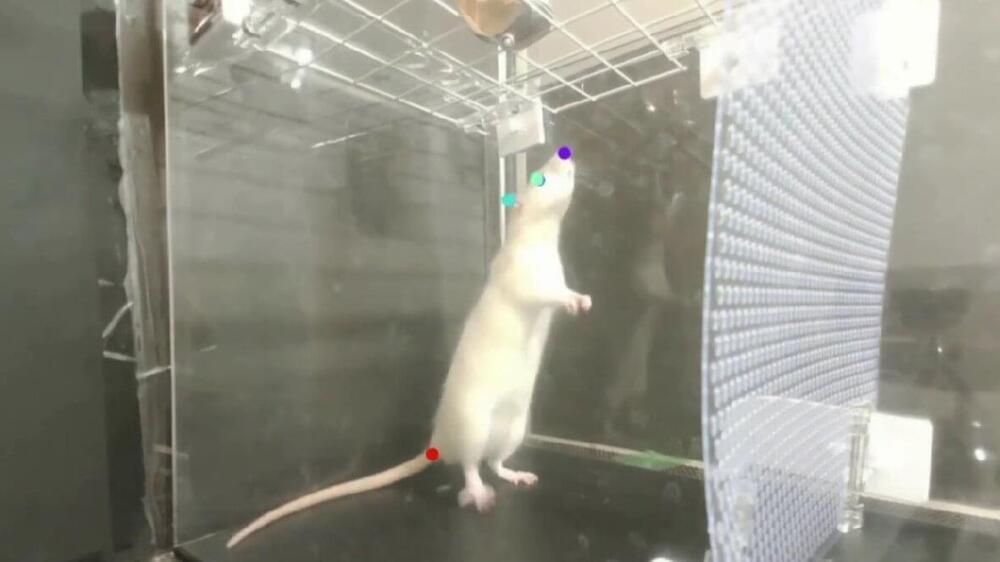Rats love to dance 🕺:3
The team had two alternate hypotheses: The first was that the optimal music tempo for beat synchronicity would be determined by the time constant of the body. This is different between species and much faster for small animals compared to humans (think of how quickly a rat can scuttle). The second was that the optimal tempo would instead be determined by the time constant of the brain, which is surprisingly similar across species.
“After conducting our research with 20 human participants and 10 rats, our results suggest that the optimal tempo for beat synchronization depends on the time constant in the brain,” said Takahashi. “This demonstrates that the animal brain can be useful in elucidating the perceptual mechanisms of music.”
The rats were fitted with wireless, miniature accelerometers, which could measure the slightest head movements. Human participants also wore accelerometers on headphones. They were then played one-minute excerpts from Mozart’s Sonata for Two Pianos in D Major, K. 448, at four different tempos: Seventy-five percent, 100%, 200% and 400% of the original speed.
